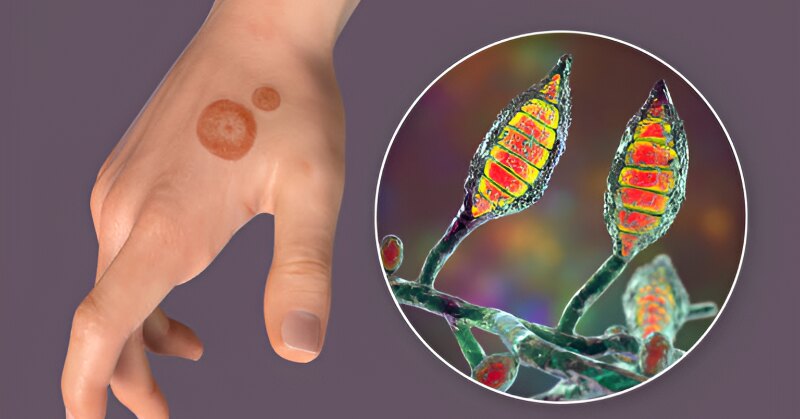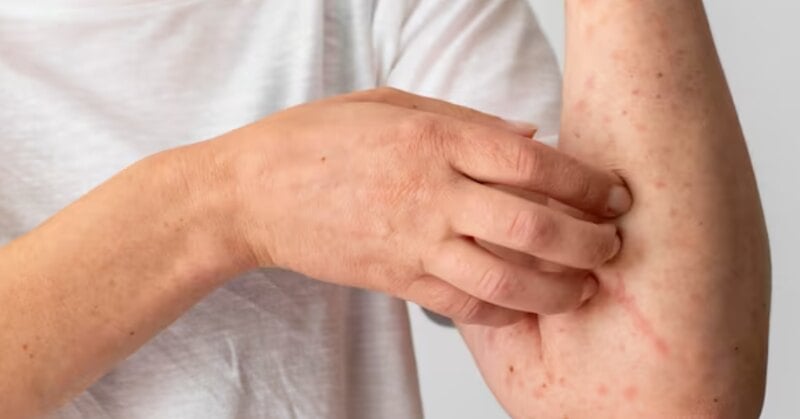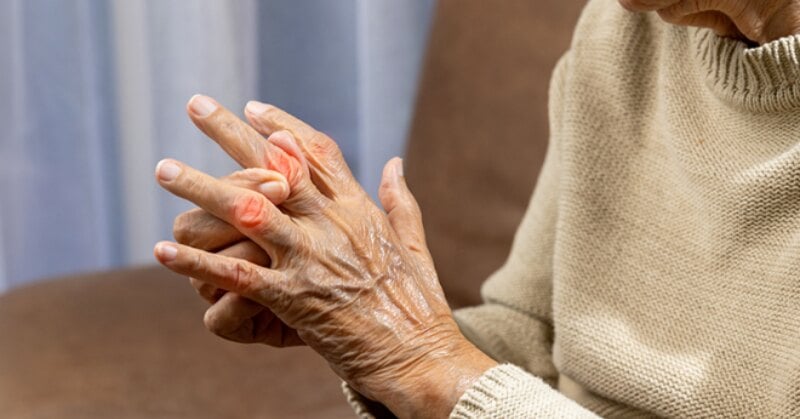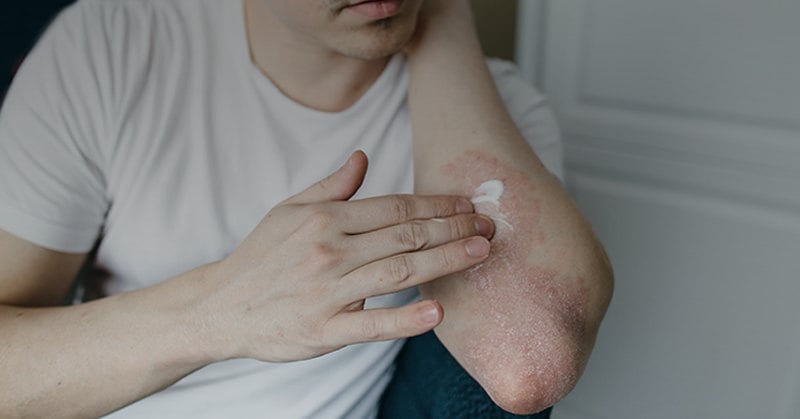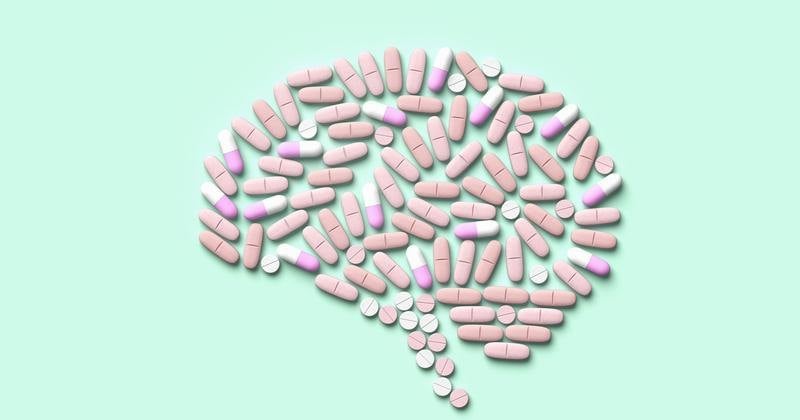If you or a loved one is grappling with the incessant itch of atopic dermatitis, commonly known as eczema, you're not alone. This condition can be especially challenging for seniors, as skin naturally becomes drier and more sensitive with age. But fear not! This artile aims to provide some options for effective treatment for eczema.
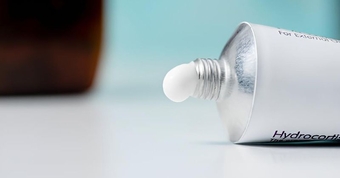
Causes of Atopic Dermatitis
The exact cause of AD is unknown, but it's believed to involve a combination of genetic, environmental, and immune system factors. Skin barrier dysfunction plays a critical role, allowing irritants and allergens to penetrate the skin and cause inflammation.
Symptoms and Impact on Quality of Life
Symptoms include severe itching, red or brownish-gray patches, small raised bumps, and thickened, cracked, or scaly skin. These symptoms can lead to significant discomfort, sleep disturbances, and emotional distress.
Medications for Atopic Dermatitis
1.Topical Treatments: Steroids and Beyond
Corticosteroids: These are the first line of defense against atopic dermatitis flare-ups. Applied directly to the affected skin, corticosteroids reduce inflammation and itching. The treatment process involves using the lowest strength that is effective for the shortest time possible to avoid side effects. It's important to follow your doctor's directions closely—overuse can thin the skin, especially in seniors.
Calcineurin Inhibitors: For those who might not respond well to steroids or who have sensitive areas affected (like the face or neck), calcineurin inhibitors are a good alternative. They work by suppressing the immune system’s response that leads to skin inflammation. Applying these creams or ointments twice daily can significantly reduce itch and inflammation without the side effects associated with long-term steroid use.
2.Systemic Treatments: When Topicals Aren’t Enough
Oral Medications: In more severe cases, or when topical treatments aren’t sufficient, doctors may prescribe oral medications. These can include antihistamines to reduce itching, antibiotics to treat infection, or even newer drugs like biologics that target specific parts of the immune system to reduce inflammation.
Phototherapy: This involves exposing the skin to certain types of ultraviolet light. It helps reduce itching and inflammation, increase vitamin D production, and improve the overall health of the skin. Sessions usually take place 2-3 times a week in a clinic, with a treatment course lasting several weeks to months.
3.Moisturizing Strategies: The Foundation of Care
Daily Skincare: Moisturizing is crucial in managing atopic dermatitis. It helps repair the skin barrier and prevent moisture loss. Look for creams and ointments that are fragrance-free and designed for sensitive skin. Applying moisturizer within a few minutes of bathing can lock in moisture, providing a protective layer that helps reduce itching and irritation.
Conclusion
Living with atopic dermatitis can be challenging, especially for seniors, but it's not insurmountable. With the right approach, treatments, and care, you can manage the symptoms, reduce the itch, and improve your quality of life. Remember, what works for one person may not work for another, so it’s important to work closely with your healthcare provider to find the treatment plan that’s right for you.
